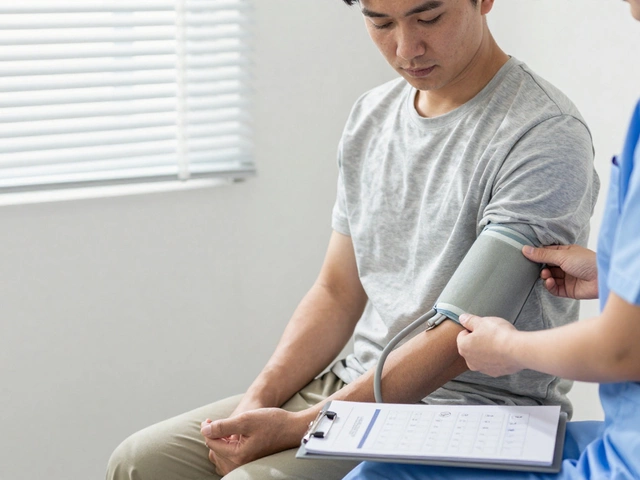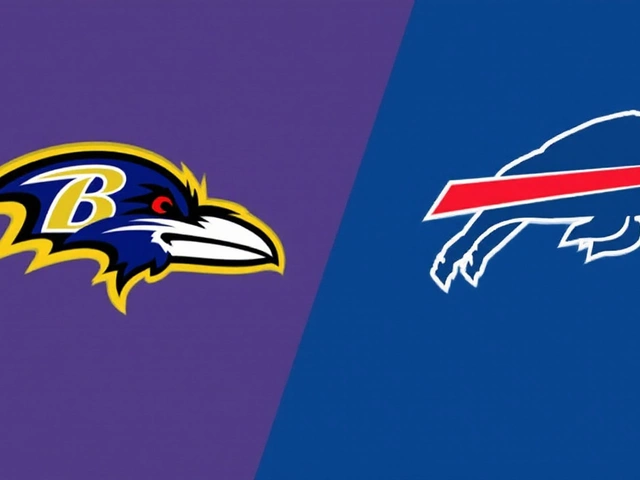Heart Attack – What You Need to Know
When talking about heart attack, a medical emergency caused by blocked blood flow to the heart muscle. Also known as myocardial infarction, it can strike anyone, but certain patterns make it more likely.
One closely linked condition is sudden cardiac arrest, an abrupt loss of heart rhythm that stops blood circulation. While a heart attack is a blockage, sudden cardiac arrest is an electrical problem. Both share warning signs and often overlap, so understanding one helps you recognize the other.
Risk factors play a huge role in whether a heart attack happens. High blood pressure, smoking, poor diet, and lack of exercise stack up, creating the perfect storm for artery plaque. Genetics adds another layer – if close relatives have had heart disease, your chances rise. These factors influence the buildup of atherosclerosis, which is the main trigger for a heart attack.
Key Factors and Actions
Because timing matters, immediate response can be the difference between life and death. CPR, cardiopulmonary resuscitation performed by a bystander boosts oxygen flow while emergency services arrive. When a heart attack leads to sudden cardiac arrest, CPR buys precious minutes for defibrillation and advanced care.
Emergency medical services (EMS) are essential. They bring medications, cardiac monitors, and the ability to perform advanced life support. In the field, paramedics assess the situation, give aspirin, and may use a portable defibrillator if the rhythm calls for it. This chain of care—from early recognition to rapid EMS response—reduces damage and improves survival.
Prevention starts with lifestyle tweaks. Regular aerobic activity strengthens the heart muscle and improves circulation, lowering plaque buildup. A balanced diet rich in fruits, vegetables, whole grains, and lean proteins cuts cholesterol spikes. Managing stress through mindfulness or hobbies also eases the strain on your cardiovascular system.
Understanding the link between heart attack and sudden cardiac arrest helps you spot symptoms early. Chest discomfort, shortness of breath, nausea, or light‑headedness often signal a heart attack. If someone collapses, becomes unresponsive, and has abnormal breathing, treat it as sudden cardiac arrest and start CPR right away.
Our collection below pulls together real‑world stories, medical insights, and practical tips that touch on every angle we’ve mentioned— from risk factor management to emergency response techniques. Keep reading to see how athletes handle heart health, what recent research says about cardiac events, and how you can act fast when seconds count.







